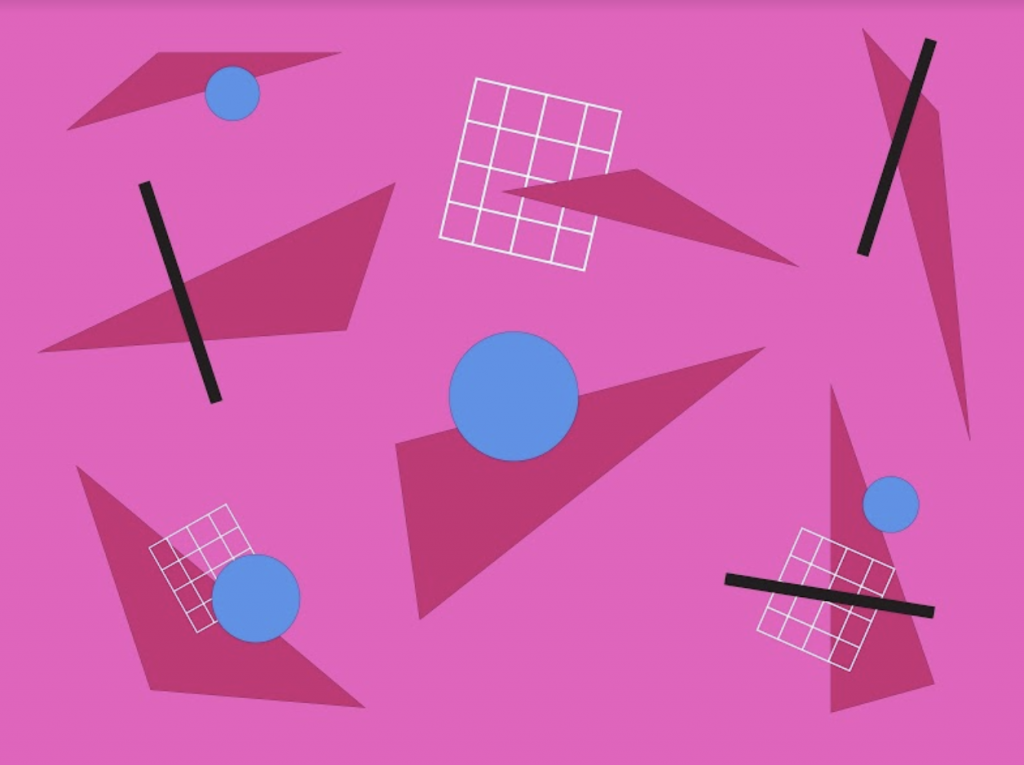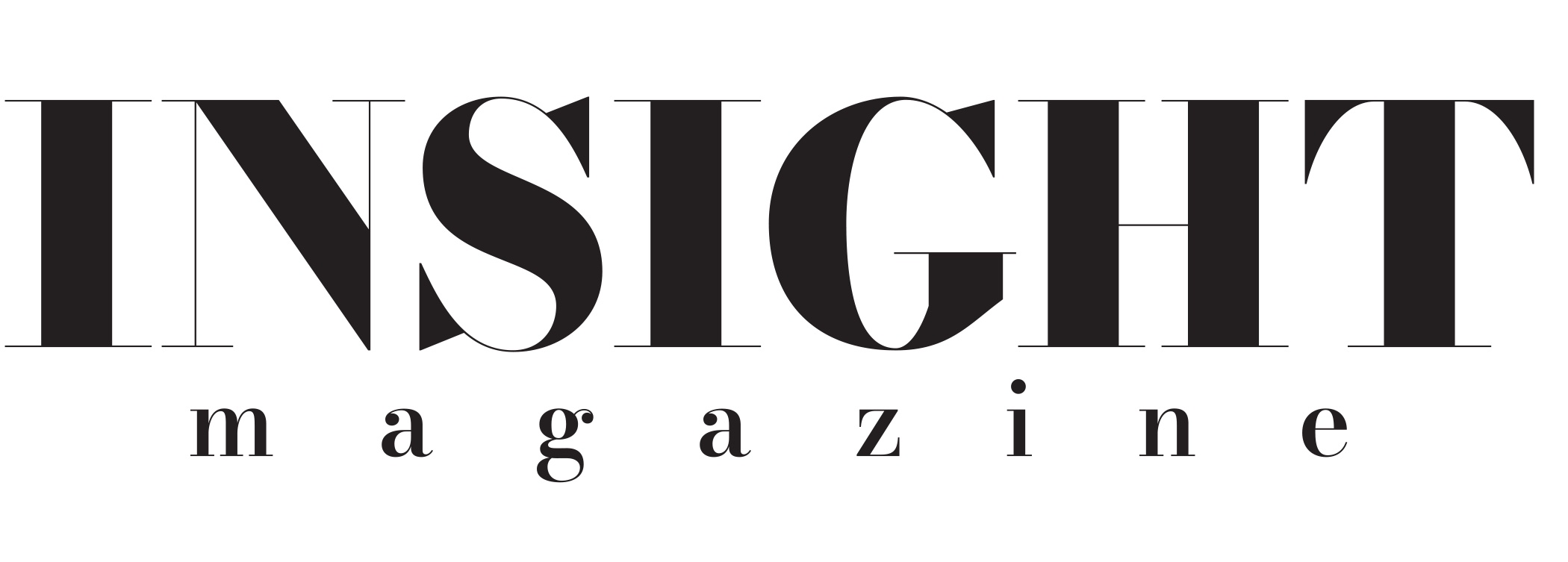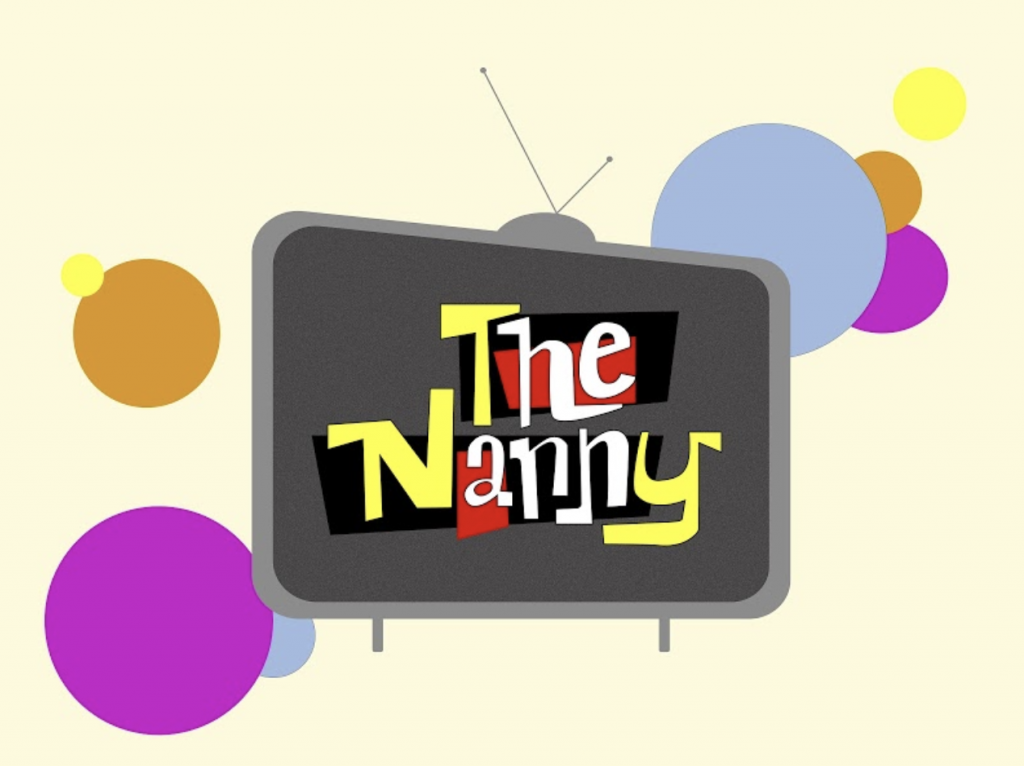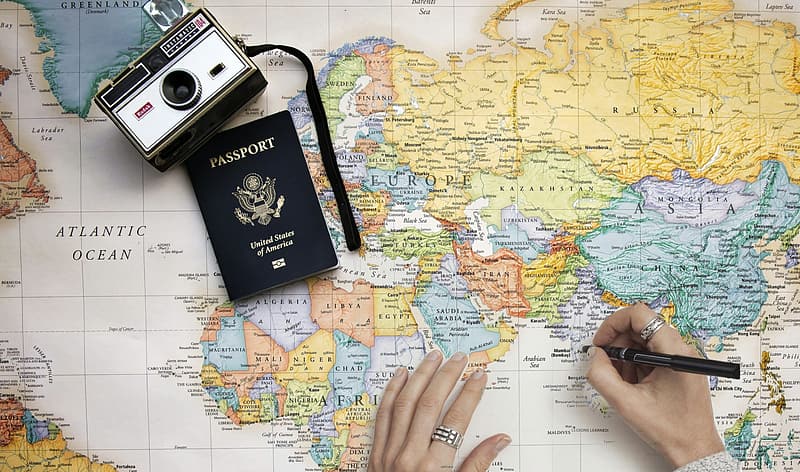
Few clothing shops in Reno bleed as much personality as Bad Apple VNTG. Located in Midtown and opened in 2015, the store combines local art and vintage clothing and is curated by Francesca Martinez, the store’s founder and owner.
Martinez first fell in love with the local Reno scene while visiting her friend. “[I] saw how amazing the community here is and knew that this place would be perfect for my passion-project” she said. Her “passion-project,” as it turns out, was to open a shop that would allow her to have a creative outlet while showcasing handmade goods and art for sale. Today, it stands out amongst the Reno scene, fashioned with a colorful interior and massive Bart Simpson mural on the outside.
For Martinez, the road to get there was not simple. Under 21 and without experience, she wrote up a business plan but struggled to get any loans or outside funding. Instead, she got a well-paying job and budgeted her way to opening the store of her dreams in the center of Midtown.
“When I first moved here, I remember everyone telling me that Midtown was sketchy… and honestly, it wasn’t bad — just low-income folks I guess people were afraid of. I was pretty upset that that was the rep when I never felt unsafe there” she said, acknowledging how Midtown has changed. “I’ve noticed that there have been a bunch of local businesses opening up and a bunch shutting down. The Reno boom is damaging and beneficial to the people who live here.”
The “Reno Boom,” as Martinez noted, describes the rising Reno economy. It’s a controversial topic, with rising housing rates and gentrification going up against better job opportunities and low taxes. In the center of it all lies Midtown, where high-end boutiques share walls with low-income housing.
Martinez is particularly passionate about her Midtown community and how diversity plays a part in it. “I have a huge problem with areas not emphasizing the importance of diversity — why not give everyone the equal opportunity to rise up together?” she asked. “It’s important to support women and [people of color] because we have a lot more working against us. Showing your support means your empowering them and recognizing their hard-work through their struggles.”
But as Midtown constantly evolves, the locals in Reno stay supportive. “If I didn’t have folks come in the first couple of months, Bad Apple wouldn’t be here today,” Martinez said. “The locals have been the ones really helping in the success of Bad Apple.”
With the current COVID-19 regulations, Bad Apple VNTG is continuing business through its website, a creation that Martinez is grateful to be able to work on with the extra time. The website will aim to appeal to a national audience by having the option for shipping anywhere in the United States available.
In the future, Martinez hopes to expand even further. “My dream is to open up another one — maybe California, maybe New Zealand, to get closer to my brother and his family,” she said.
Since Bad Apple VNTG opened, Martinez’s online store has garnered over 4,000 followers on Instagram and has cemented her store as a Reno essential, and it’s clear to see why.
“I want to create a space that is fun and different, something you’d not expect from a small shop,” she said. “Things don’t need to be serious and so proper all the time.”




